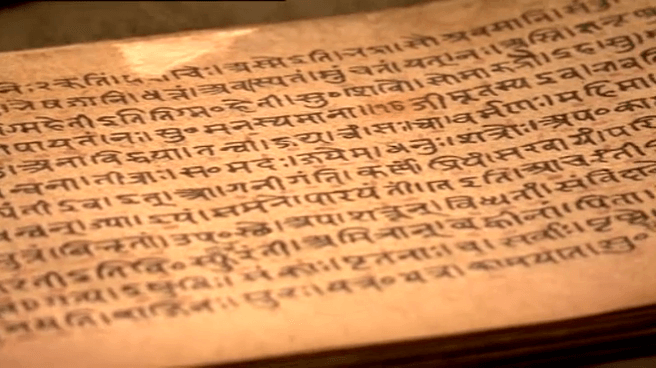The ancient Indian sources of knowledge are Vedas, which consist of Samhitas, Brahmanas and Aranyakas. Among the Samhitas, Rigveda Samhita is the oldest and serves as a source for rest of the vedic literature. Rita (Rit | Rta) is the most dominant ethical concept in the Rigveda. It is considered as the origin of Indian ethical thought.
Rit/ Rita / Rta
As enshrined in Rigveda, Rit is a universal order, both cosmic and moral. Rit stands for the infallible order found natural phenomena, and it is also the moral order that gods and men are to conduct themselves. The vedic idea of Nature is not disconnected with man’s social and personal experiences and thus Rit forms a complex idea of Cosmic-Moral order.
In its cosmic aspect, it is due to Rit that the the sky and the earth are firm, sun rises, waters flow, cows yield milk. In other words, everything is what it is and how it is due to the working of Rit. It is the law that regulates the universe.
In its moral aspect, Rit is the order because of which gods and men lived in harmony. Rit constituted the ethical standard which had a direct impact on the lives of the Vedic people. The Rigveda identified Varuna as the guardian of Rita. Varuna accompanied by Mitra, governed all the gods through Rit. Adityas are said to be the spies of Varuna who observed the moral conduct of men.
Dharma
In the post-Rigvedic thought (later Vedic era), Rit was overshadowed by the concept of Dharma. While Rit was connected with gods who uphold and execute the Cosmic Order, Dhrama acquired independence from gods and became an autonomous ethical order. It now became a duty of individual to follow the path of dharma to preserve oneself.
Alternatively, Dharma also denoted the moral pursuit of man. It was one of the four objects of human pursuit (purusartha), the other three being Artha (wealth), Kama (desired pleasures) and Moksa (spiritual liberation).
Rin / Rna
The word Rin (Rna) refers to ‘being in debt’ .
Moksha was considered as the ultimate goal of an individual’s life. Moksha means attainment of bliss in life after death.The moksha could be achieved only when an individual has fulfilled his duties toward the different sections of the society, towards some person and also toward the gods. This understanding gave birth to the doctrine of three Rins.
In the Vedic conception, every human being by birth carries this baggage of Rin. Taittiriya Samhita speaks about three types of Rins. They are:
- Rishi Rin – The debt owed to those who founded the religious life and gave education and learning. The debt was paid by studying Vedas.
- Pitr Rin – Signifies indebtedness to one’s ancestors. It was repaid by performing duties of a grahastha ashrama.
- Dev Rin – This debt was repaid by performing sacrifices (yajna) to God
The Shathapatha Brahmana adds one more Rin; the debt one owes to his fellow beings.
Only when a man has paid his debts to rsi, pitra and deva in first three stage of his life, he could aspire for salvation and enter the last stage of sanyasa ashrama.

